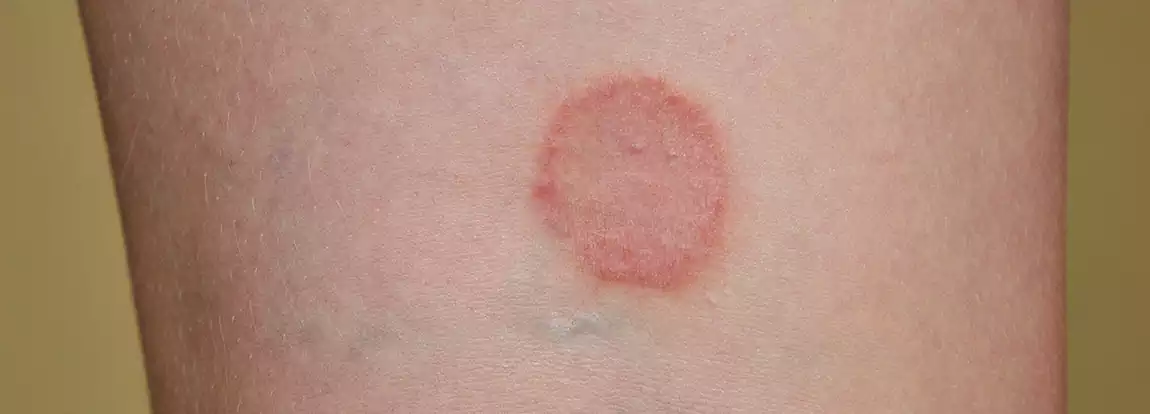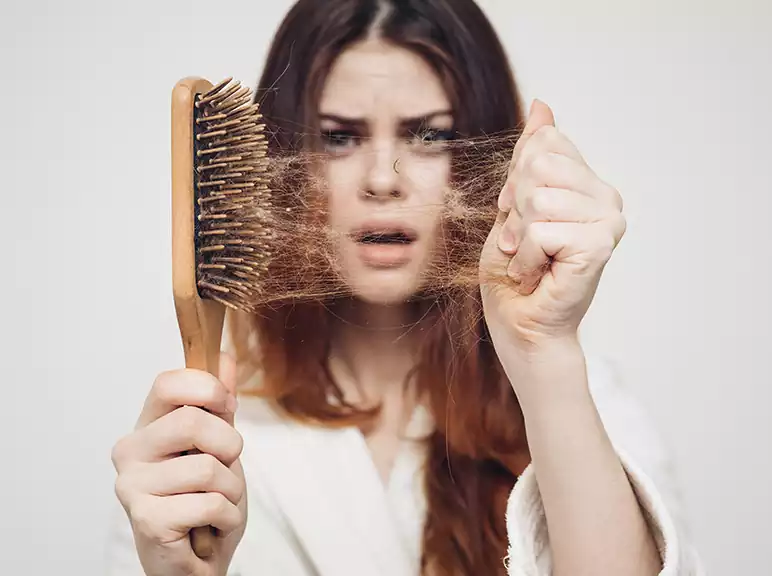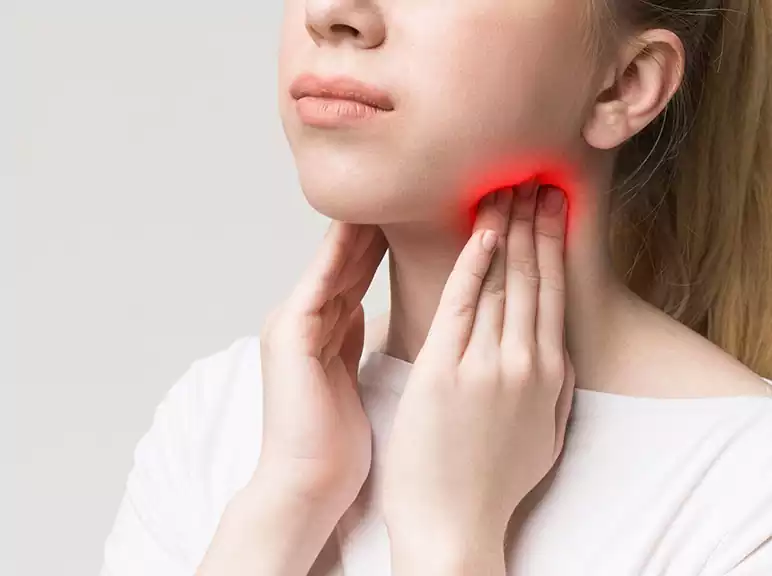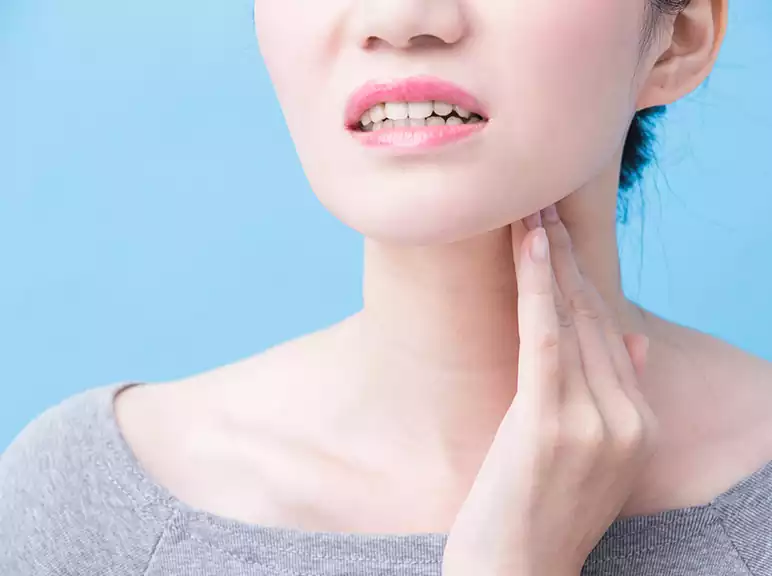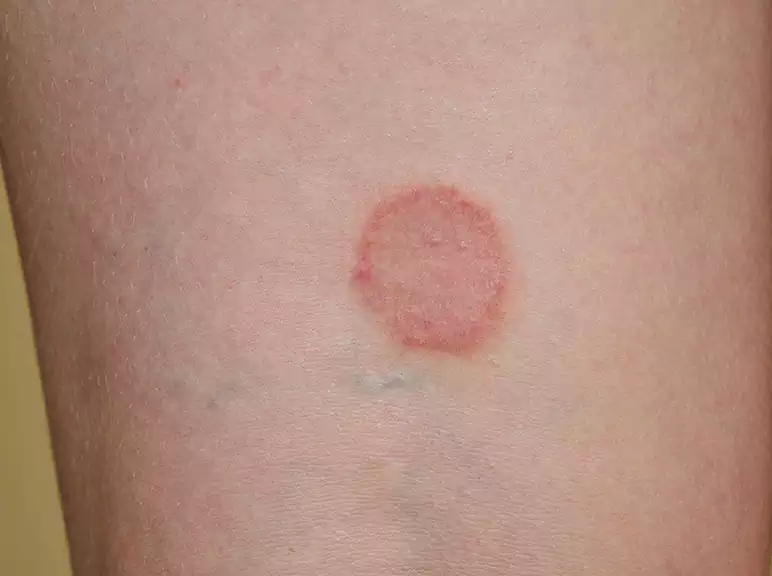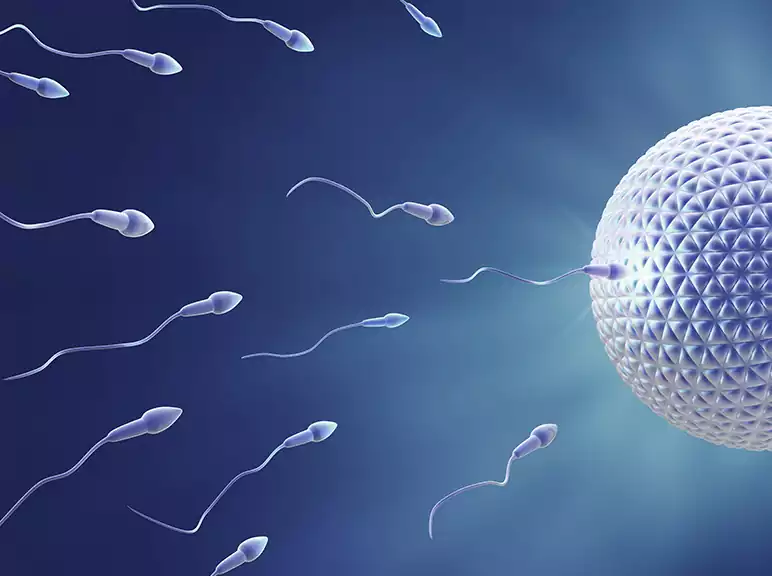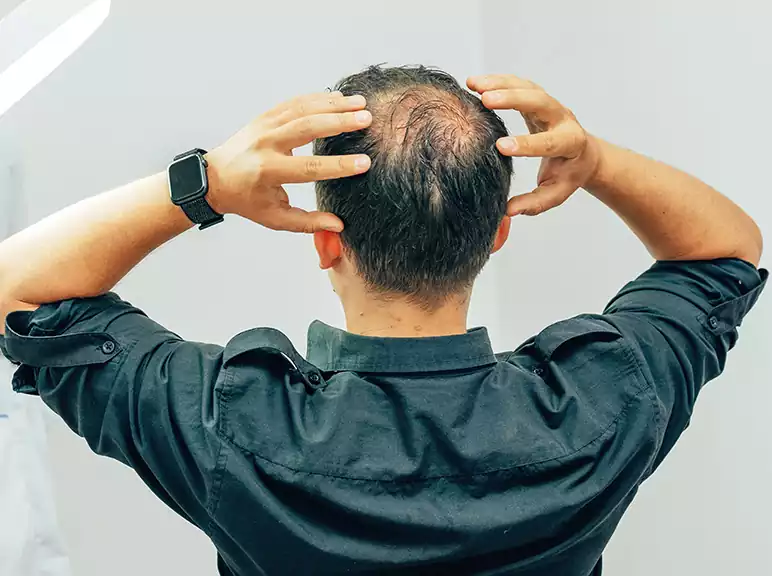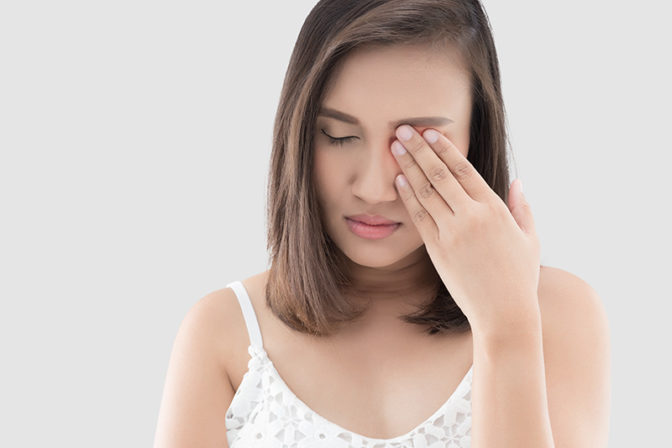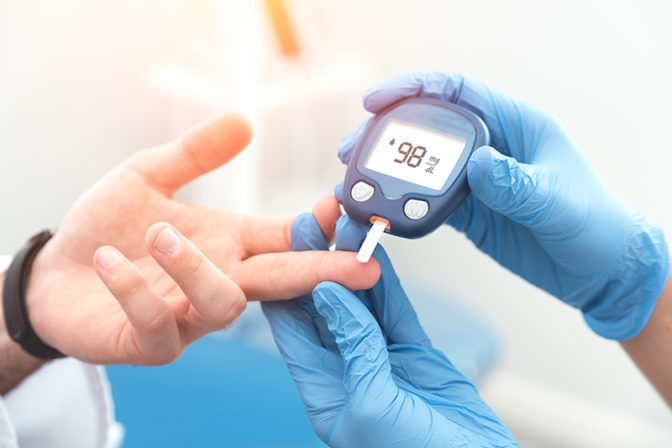Lichen Planus
Lichen planus is a chronic autoimmune inflammatory problem that affects almost 0.5 to 2% of the world population. It has dark, raised, flat-topped lesions, most of which affect the skin, but can also include the scalp, oral cavity, nails, and genitals in many cases. Lichen planus is neither infectious nor contagious. Although the disease is chronic, it has periods of remission (when symptoms disappear or decrease in intensity) and relapse (when symptoms increase in intensity).
Lichen Planus – Types
Lichen planus can occur differently in different individuals. Some variants respond better to treatment, while others tend to be more obstinate. Some types of lichen planus are described below, depending on the presentation of the lesions (and their peculiar locations):
- Hypertrophic lichen planus (lichen planus verrucosus)-thickened lesions of lichen planus, generally seen on the extreme, especially the shin. In nature, it tends to be very itchy;
- Follicular lichen planus (or lichen planopilaris)-hair follicles are affected, which leads to scarring. There is a hair loss in the affected areas;
- lichen planus actinicus (actinic lichen planus)-common in Middle Eastern countries and India during the summers. Exposed areas of the face, back of the hands, arms and nape of the neck develop dark, lesions with pale borders;
- lichen planus pigmentosus-another variant common in India, where dark-brown spots develop in sun-exposed areas and skin folds and spread to the upper body;
- Annular lichen planus-commonly involves male genitalia, but also has a predilection for skin folds, such as groin folds and axilla, marked by small clusters of ring-shaped lesions;
- Linear lichen planus-a lesion develops along a straight line, generally on the extreme. They might develop secondary to trauma or itching (the phenomenon of Koebner).
Besides these, there are other unusual types of lichen planus, such as bullous, ulcerative and atrophic lichen planus.
Lichen Planus – The Causes
The cause of lichen planus is unknown to date, but there are different theories about what could trigger this condition. Some of the commonly cited reasons are:
- An allergic or immune reaction to a drug or other substance has been strongly associated with this condition. It is regarded as an autoimmune disease in which the body’s protective cells attack the body’s tissues, mistaking them to be foreign.
- Some cases have been related to infections such as hepatitis C.
- Intake of few drugs, those containing arsenic, bismuth, gold quinacrine or quinidine (anti-malarial) non-steroidal anti-inflammatory drugs, may cause reactions similar to lichen planus rash.
- Chemicals such as those used in the development of colour photographs may also produce a similar rash.
- Intense and prolonged emotional stress due to grief, sadness, anxiety, etc. may trigger an abnormal functioning of the immune system that can lead to lichen planus.
- Heredity is a common cause of lichen planus.
- Dental amalgam fillings may cause allergic reactions, resulting in oral lesions of lichen planus.
Eruptions may be sudden or gradual, and they show the following characteristics:
- rows or small clusters of flattened eruptions, usually a few millimetres in diameter;
- Purple coloured rash in most cases; the colour may vary from purple to pink to red;
- Itching, which can vary from mild to severe;
- New eruptions may occur at the site of minor skin injuries, such as superficial scratches (called Koebner’s phenomenon);
- In some instances, there may be thick, reddish-brown lesions covered by scales (called hypertrophic lichen planus);
- When the rashes are resolved, they leave behind dark brown or grey spots (hyperpigmentation marks);
- In cases of scalp involvement, scarring may develop in the affected areas, leading to hair loss; and
- The affected nails can develop pits and grooves.
Lichen Planus-Treatment
Treatment Approach
Step 1: First Session – The doctors will spend a few minutes with you at the first consultation. The questions asked will extend beyond the immediate problem or physical symptoms, and take into account your medical history, lifestyle, and any other stress factors which may have led to lichen planus. The information provided is essential for us to understand the root cause of the skin condition and to suggest customized treatment that is best suited to your problem.
Step 2: Medical Diagnosis – Most of the time, our doctors can identify lichen planus based on visible signs and symptoms as well as your medical history.
3D Imaging Device: A state-of-the-art optical technology that allows the skin to be seen in 2D & 3D dimensions and shows your response to our treatment well before the naked eye can see it. It, therefore, saves time and money and helps to achieve better treatment outcomes.
Step 3: Personalized Treatment – Natural homoeopathic medicines are suggested based on the cause and extent of your lichen planus.
Step 4: Advice on diet & skin care regimen – Our doctors will consult you on the right diet and skincare regimen for better and longer-lasting treatment outcomes.
Homoeopathy Benefits
Treatment with medicines made from natural sources such as plants and minerals Customized treatment for every patient. It effectively treats the underlying cause of lichen planus. There were no dietary restrictions involved.

